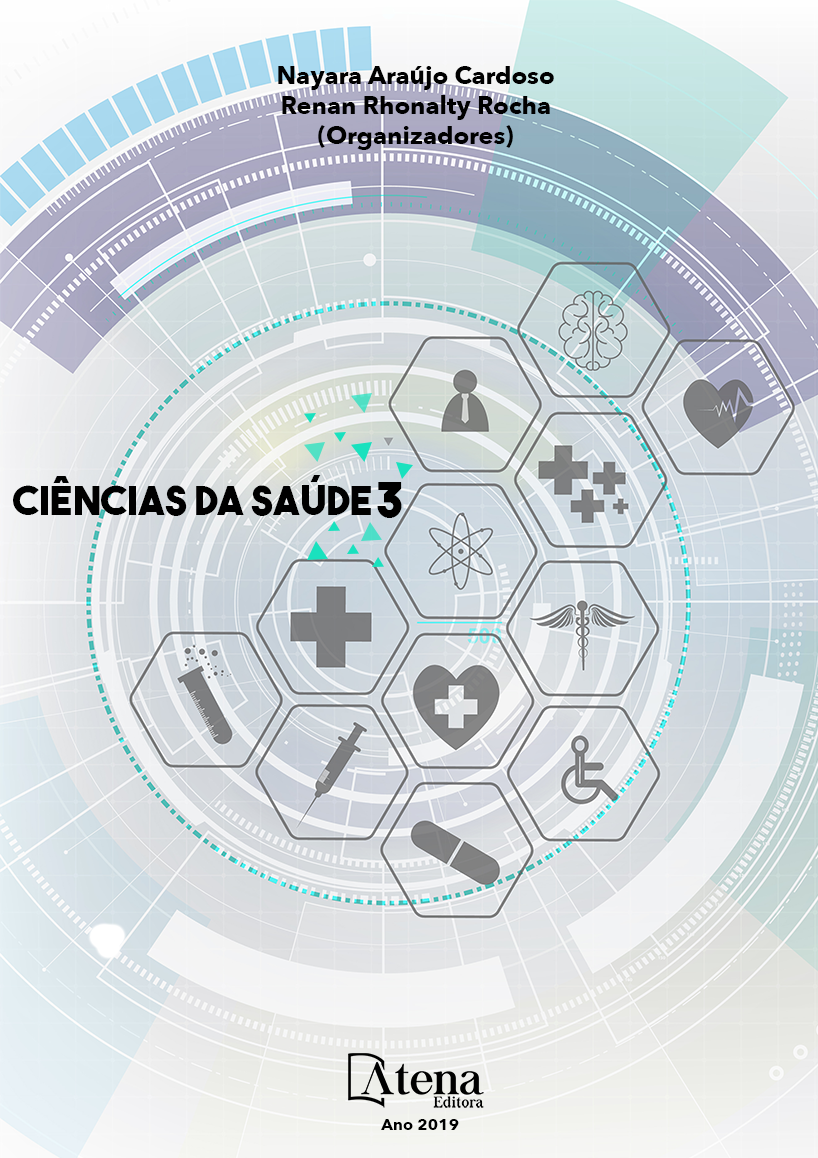
ANÁLISE DOS INSTRUMENTOS DE AVALIAÇÃO DA ESCOLA DE POSTURAS DA UFPB: COMPARAÇÃO ENTRE TESTES DE FLEXIBILIDADE DA COLUNA VERTEBRAL E AVALIAÇÃO FOTOGRAMÉTRICA NA POSIÇÃO DE FLEXÃO ANTERIOR DO TRONCO
A Escola de Posturas (EP_UFPB) é
um método de conscientização e reeducação
postural composto por informações teóricoeducativas, prática de exercícios terapêuticos
e treino de relaxamento. Embora tenha sido
implantada, desde 1990, não possui até o
momento um protocolo eficiente de avaliação
da clientela. O objetivo deste estudo é analisar
medidas de flexibilidade da coluna vertebral,
da clientela da EP_UFPB, aferidas pela
fotogrametria, na posição de flexão anterior
do tronco (FAT), tendo uma amostra de 9
participantes. Foram medidos 3 ângulos da
coluna vertebral: ângulo da cifose (AC), da
lordose (AL) e de flexão anterior do tronco
(AFAT). Para tanto utilizou-se o software (SAPo).
As medidas angulares foram comparadas às
medidas lineares de flexibilidade corporal,
aferidas pelo teste SitandReach (SR) e ToeTouch (TT). Os dados foram tomados em dois
momentos. Para análise estatística utilizou-se o
teste não-paramétrico de Wilcoxon e a correlação
de Spearman com nível de significância de 5%
(p<0,05). A análise das medidas fotogramétricas
angulares não apresentou diferença significativa
entre a 1ª e 2ª avaliação, no entanto observouse melhora significativa da flexibilidade pelos
2 testes lineares, SR (p=0,019), TT (p=0,013).
Estes testes apresentaram uma correlação
forte (Rho= 0,886; p<0,001) entre si, mas
não apresentaram correlação com nenhuma
das medidas angulares. Os ângulos AC, AL e
AFAT observados pela fotogrametria na FAT
não apresentaram diferença significativa entre
as duas medidas, entretanto, os testes SR e
TT foram capazes de medir os efeitos da EP_
UFPB na flexibilidade corporal de seus usuários
de maneira semelhante.
ANÁLISE DOS INSTRUMENTOS DE AVALIAÇÃO DA ESCOLA DE POSTURAS DA UFPB: COMPARAÇÃO ENTRE TESTES DE FLEXIBILIDADE DA COLUNA VERTEBRAL E AVALIAÇÃO FOTOGRAMÉTRICA NA POSIÇÃO DE FLEXÃO ANTERIOR DO TRONCO
-
DOI: 10.22533/at.ed.28219180221
-
Palavras-chave: Fotogrametria; Flexibilidade; Escola de Posturas; Cadeia Posterior.
-
Keywords: Photogrammetry; Flexibility; School of Postures; Later Chain.
-
Abstract:
The School of Postures
(EP_UFPB) is a method of awareness and
postural reeducation composed of theoreticaleducational information, practice of therapeutic
exercises and relaxation training. Although
it has been implemented since 1990, it does
not yet have an efficient customer evaluation
protocol. The objective of this study was to
analyze the flexural measures of the vertebral
column of the EP_UFPB patients, as measured
by photogrammetry, in the anterior trunk flexion
position (FAT), with a sample of 9 participants. Three angles of the vertebral column were measured: kyphosis angle (CA), lordosis
(LA) and anterior trunk flexion (AFAT). For this, the software (SAPo) was used. Angular
measurements were compared to linear measures of body flexibility, measured by the
SitandReach (SR) and Toe-Touch (TT) tests. The data were taken in two moments.
Statistical analysis was performed using Wilcoxon test and the Spearman correlation
with a significance level of 5% (p <0.05). The analysis of angular photogrammetric
measurements didn´t show a significant difference between the 1st and 2nd evaluation,
however, a significant improvement in flexibility was observed for the two linear tests,
SR (p = 0.019), TT (p = 0.013). These tests showed a strong correlation (Rho =
0.866; p <0.001) among them, but didn´t present a correlation with any of the angular
measurements. The AC, AL and AFAT angles observed by photogrammetry in FAT
showed no significant difference between the 2 measurements, however, the SR and
TT were able to measure the effects of EP_UFPB on the body flexibility in a similar way
-
Número de páginas: 15
- Maria Cláudia Gatto Cardia
- Tiago Novais Rocha


